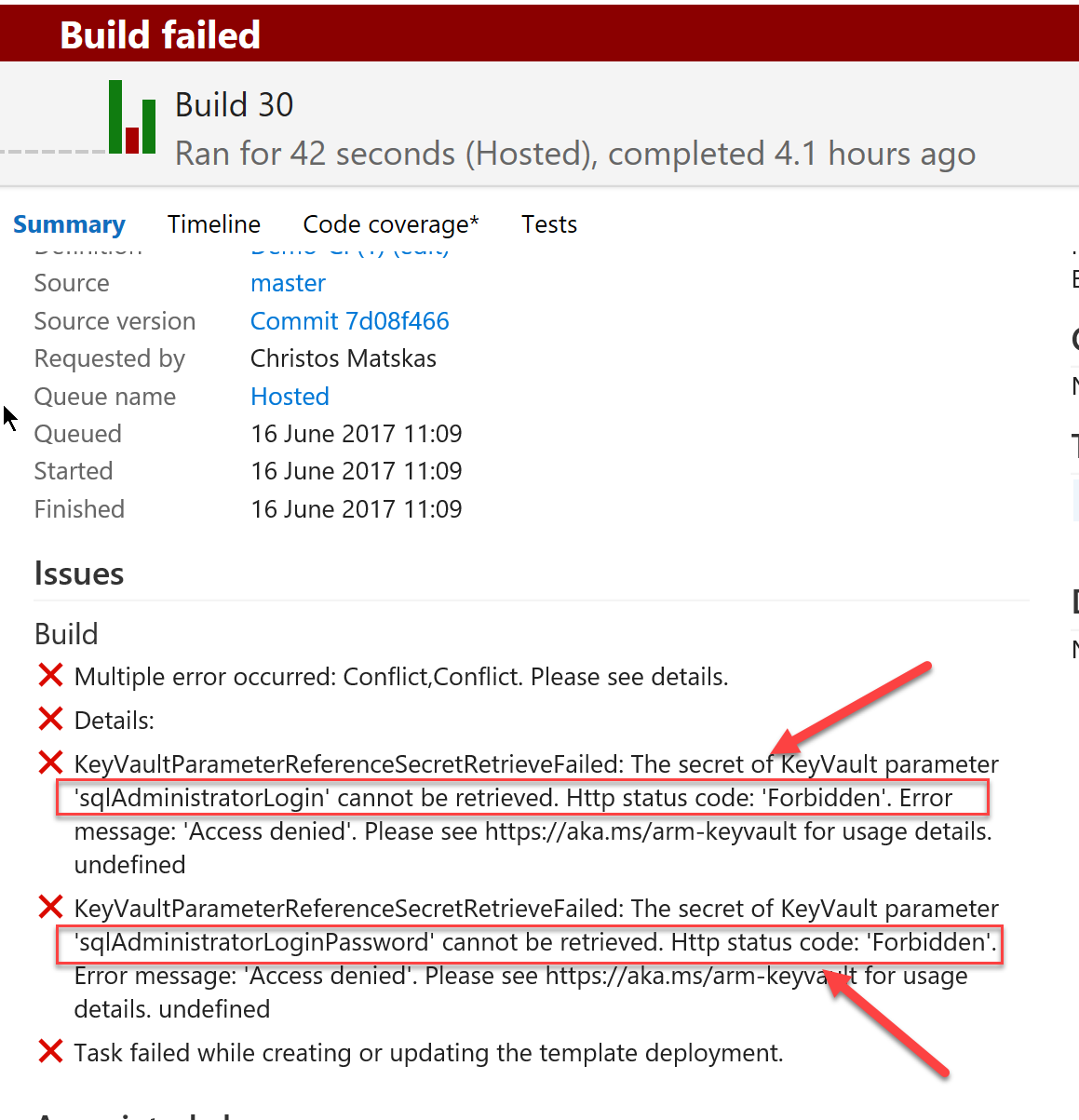

- KEYVAULT VALIDATOR TOOL SOURCE CODE HOW TO
- KEYVAULT VALIDATOR TOOL SOURCE CODE INSTALL
- KEYVAULT VALIDATOR TOOL SOURCE CODE DRIVER
We’ll create a – regular – secret in Kubernetes to store the credentials for our service principal: kubectl create secret generic secrets-store-creds \ SP=`az ad sp create-for-rbac -skip-assignment`Īz keyvault set-policy -n aks-secret-nf \ Next up, we’ll create a service principal and give that service principal access to our Key Vault. As I’m only going to be using this Key Vault for this demo, I’ll quickly create a new using the CLI: az keyvault create -n aks-secret-nf -g aks-secret Next up, we’ll create a Key Vault (or you can re-use an existing one). Which should return the nodes in your cluster: Verifying connectivity to the Kubernetes Cluster To confirm that we are connected successfully, let’s run the following command: kubectl get nodes The first one being getting the Kubernetes credentials loaded: az aks get-credentials -n aks-secret -g aks-secret I will use Cloud Shell in the Azure portal to run commands against this cluster. I created a new cluster for this demo called aks-secret. You can create one using your preferred tool, or use any cluster that runs Kubernetes 1.16 or higher. For this demo, I’ll use the way using a Service Principal for the authorization. A Key Vault, and a way to authorize against it.A Kubernetes cluster running 1.16 or higher.Using VMSS managed identity (system assigned is the only supported version for now)Īnd with that knowledge, let’s have a look at deploying this onto a cluster.
KEYVAULT VALIDATOR TOOL SOURCE CODE DRIVER
We’ll look at what this looks like later on.įrom a security perspective, the Azure Secret Store CSI driver has three ways to access your secrets in Key Vault: With that provider installed in your cluster, you can then mount volumes using a csi reference in the volume reference in your pod/deployment.
KEYVAULT VALIDATOR TOOL SOURCE CODE INSTALL
To get this to work, you have to install a SecretProviderClass in your Kubernetes cluster. The CSI driver mounts any secrets you need as a file in your pods. This means you cannot store actual Kubernetes secrets in Key Vault, but you access secrets in Key Vault through the CSI driver. It is not a replacement for the default secrets store in Kubernetes. What the CSI driver allows you to do is mount secrets stored in a vault to your pods. We’ll be focusing today on the Azure Key Vault implementation. The work from that SIG had led to two implementation thus far, one for Azure Key Vault and one for Hashicorp Vault. There is a Kubernetes SIG that works on the Kubernetes Secrets Store CSI Driver. Exploring the Azure Key Vault Provider for Secret Store CSI Driver If you want to follow along, I uploaded the source code for this to the blog’s git repo.


KEYVAULT VALIDATOR TOOL SOURCE CODE HOW TO
In this blog post, we’ll explore the CSI driver for Azure KeyVault, and build a quick demo for how to run it. Up to now, there was an opensource project called KeyVault flexvolume, which was recently deprecated in favor of a CSI driver for secrets. The best practice for storing secrets is to store your secrets in KeyVault. The same is true for secrets stored in an AKS cluster on Azure. When you store secrets in a Kubernetes cluster, by default those are stored in the etcd database within the master nodes. Note: There’s a new post available combining CSI driver + AAD pod identity.


 0 kommentar(er)
0 kommentar(er)
